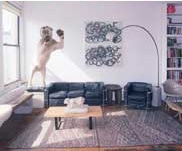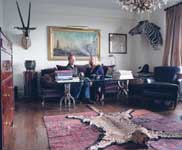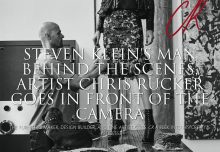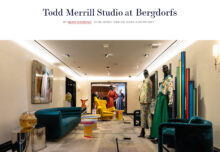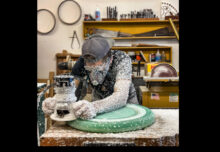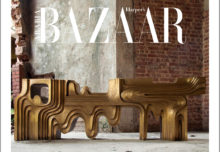Todd Merrill Studio
80 Lafayette Street
New York NY 10013
Phone: 212 673 0531
80 Lafayette Street
New York NY 10013
Phone: 212 673 0531
Todd Merrill Summer Studio
11 South Main Street
Southampton, NY 11968
Phone: 631 259 3601
11 South Main Street
Southampton, NY 11968
Phone: 631 259 3601


